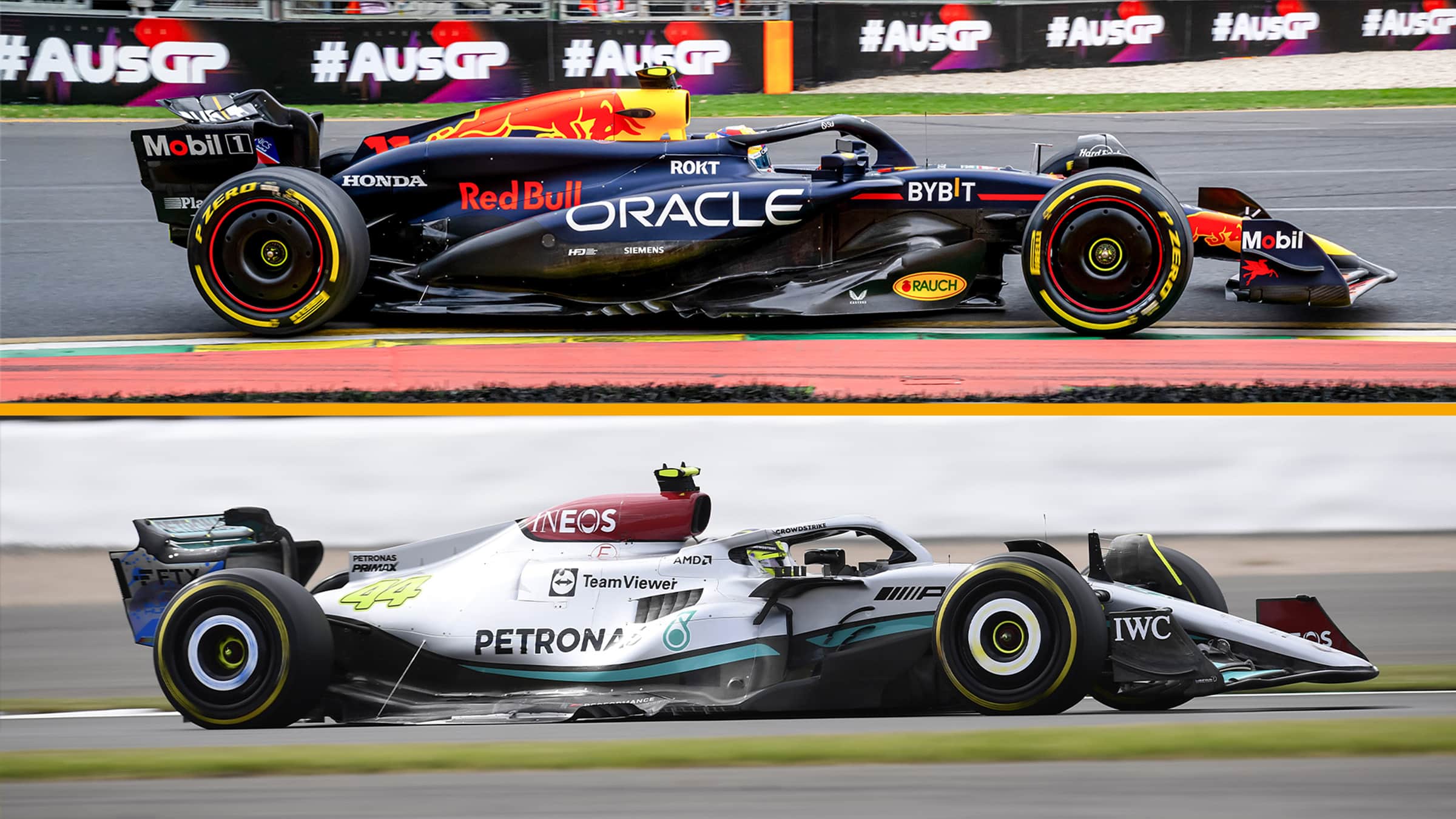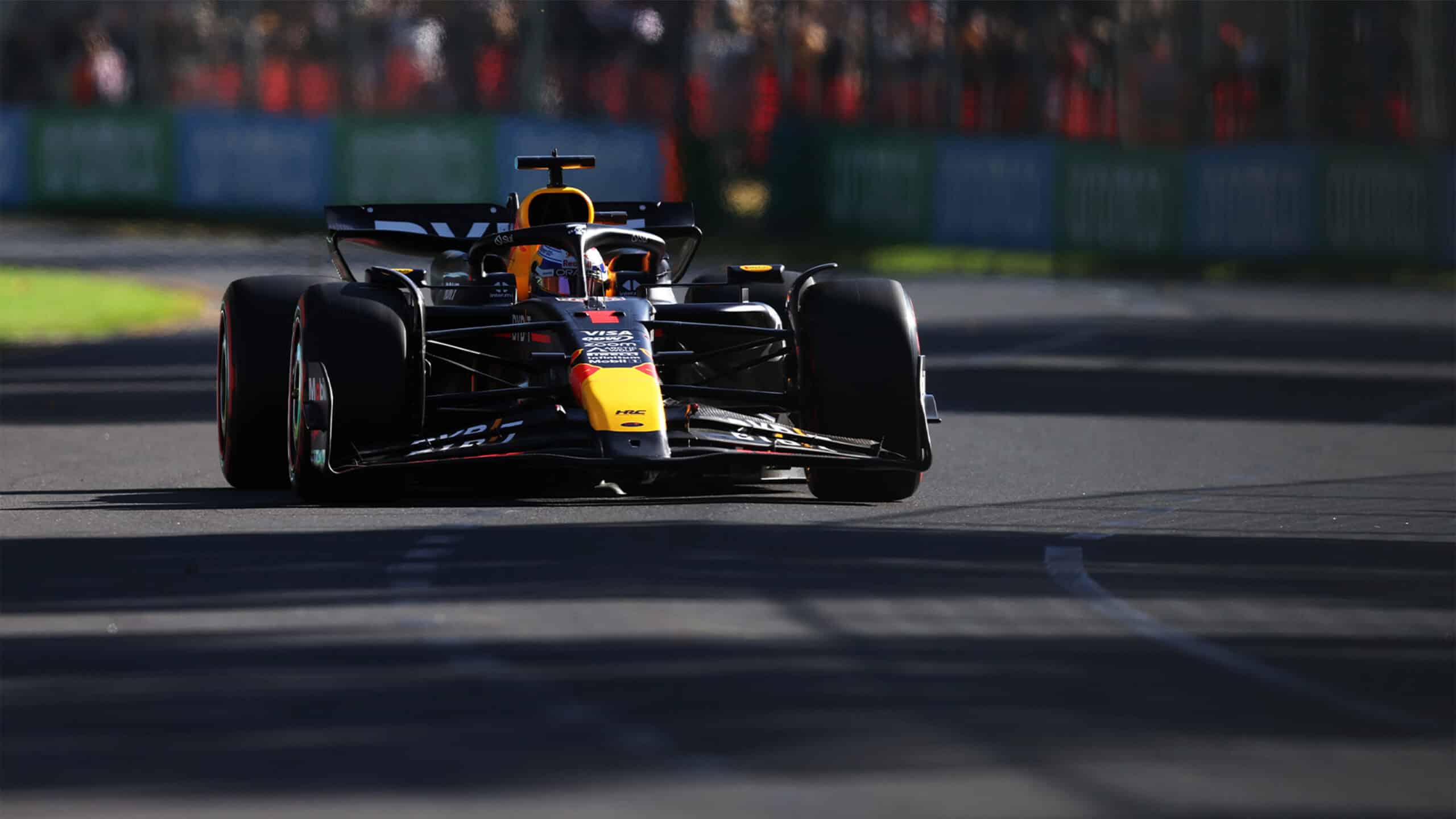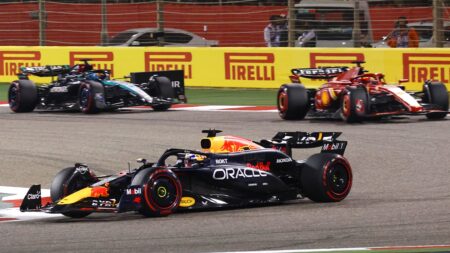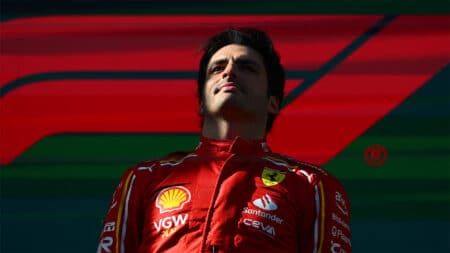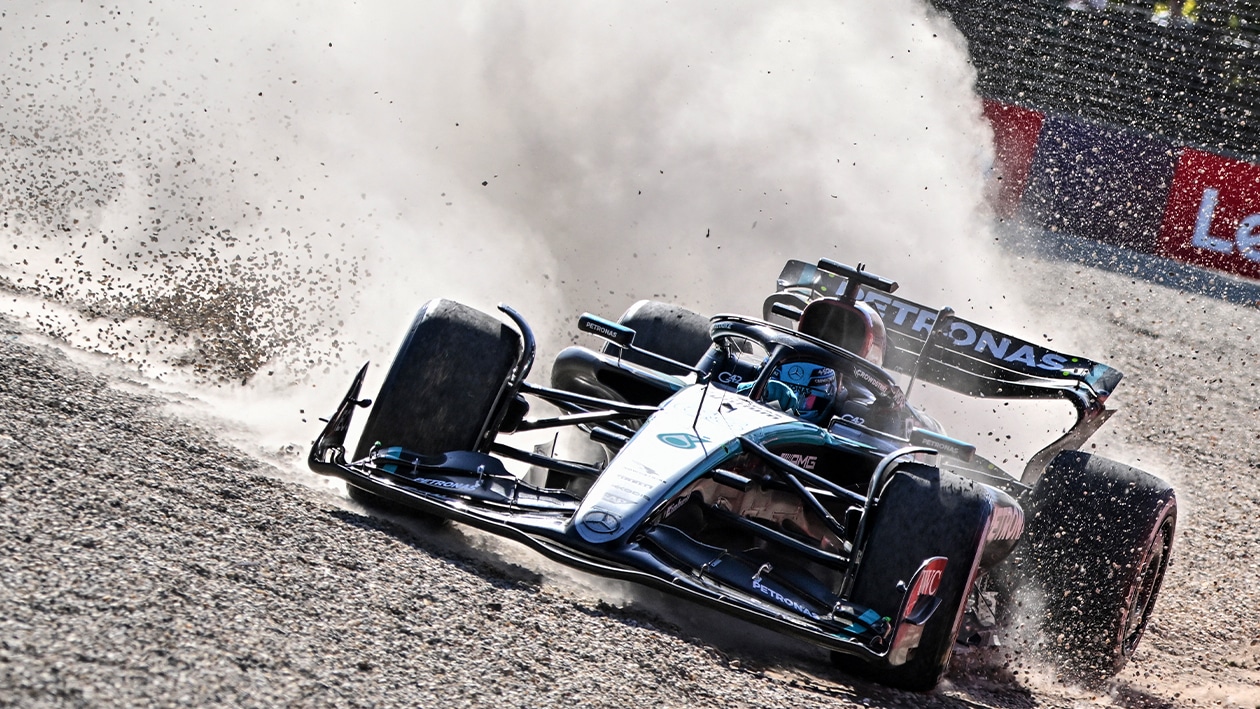The Milton Keynes outfit had teased the potential of a major early-season upgrade almost immediately after its 2024 car launch, with rumour circulating that its designer Adrian Newey would attempt to make Mercedes’ disastrous zero sidepod concept — last used on the 2022 W13 — work for the reigning champions.
It would certainly be a surprise move, given that the majority of the grid have decided to move toward an RB19-inspired design after its overwhelming success last year. But in an attempt to retain its sizeable on-track advantage, Red Bull could to set a new design trend.
Whatever the car actually looks like, Verstappen will be hoping that it re-establishes a sizeable lead, after Ferrari looked to have the pace to challenge him in Australia. We have already seen what that looks like at Suzuka. In 2022, and in pouring rain, he finished almost 30 seconds ahead of team-mate Sergio Perez in second. In 2023, he was over six-tenths clear of the field in qualifying and subsequently led from lights out to the chequered flag in similarly dominant fashion.
But not all upgrades perform as expected. Ferrari, Mercedes and McLaren won’t need asking twice to enter into the title fight.
Lower temperatures, fewer stops?

A two-stop strategy is the norm in Japan, but could cooler weather shake things up?
Red Bull
Japan’s earlier slot on the 2024 calendar means that F1 will go racing in lower temperatures, ranging between 8C and 13C — around 4C lower than the more familiar October fixture.
According to Pirelli, this could have a drastic effect on race strategy, as drivers who are gentle on their tyres might be able to limit thermal degradation enough to make just one stop instead of the traditional two.
“On the other hand,” added Pirelli. “This might make it harder to keep the tyres in the correct operating window, particularly when bringing them up to temperature on an out-lap from the pits.
“A one-stopper also decreases the effectiveness of the undercut, which is usually very useful at Suzuka, even with the hard and medium compounds being the preferred race compounds.”
Add into the mix the possibility of some brief rain — which is forecast to hit the circuit on Sunday — and this weekend’s Japanese GP could be among the most unpredictable in recent memory, forcing race strategists and drivers to be as vigilant as ever.
The moment of truth for Ferrari
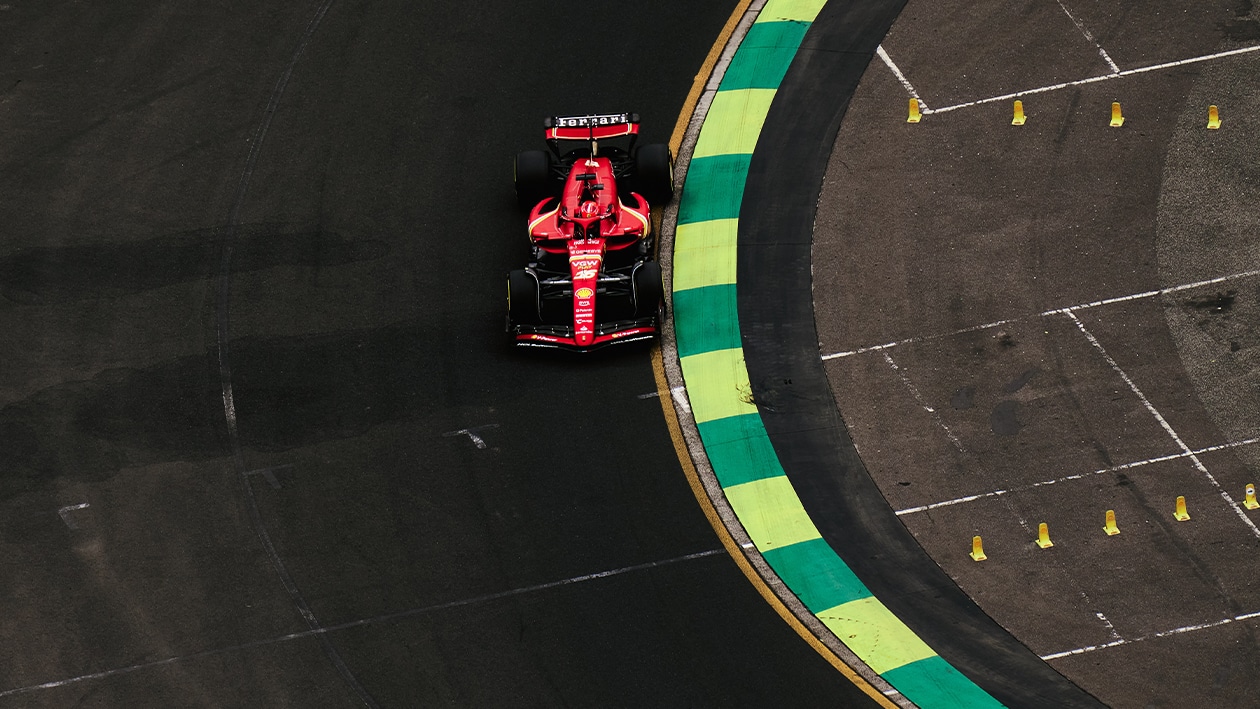
Ferrari’s “huge step” on tyre wear was evident in Australia
Ferrari
The return of Max Verstappen to front-running form is expected at this weekend’s Japanese GP, and as Mark Hughes writes, the response from Ferrari could make or break its 2024 campaign.
When the Dutchman retired after just a handful of laps in Melbourne, Carlos Sainz and Charles Leclerc were left in firm control, with plenty of power to beat the trailing McLarens of Lando Norris and Oscar Piastri. But what has kept Ferrari behind Red Bull in the past has not been a power deficiency but its terrible tyre degradation.
